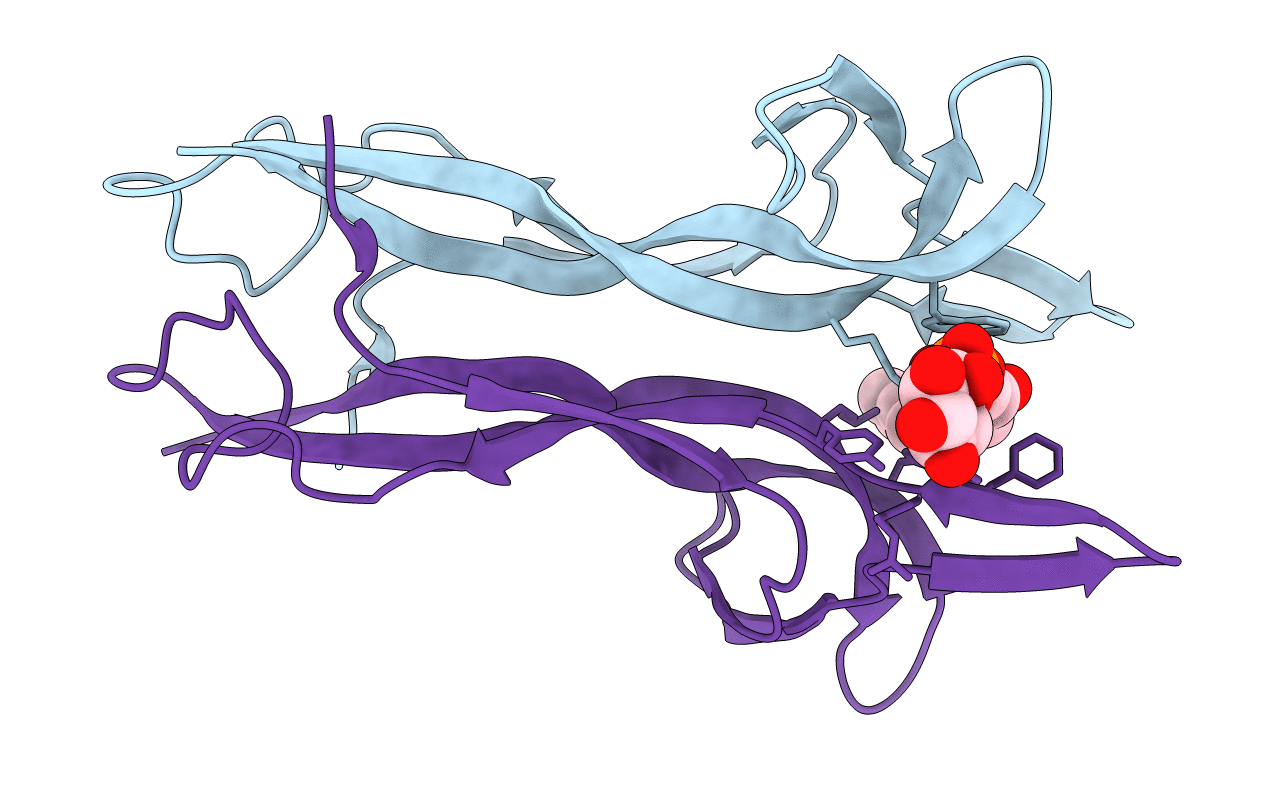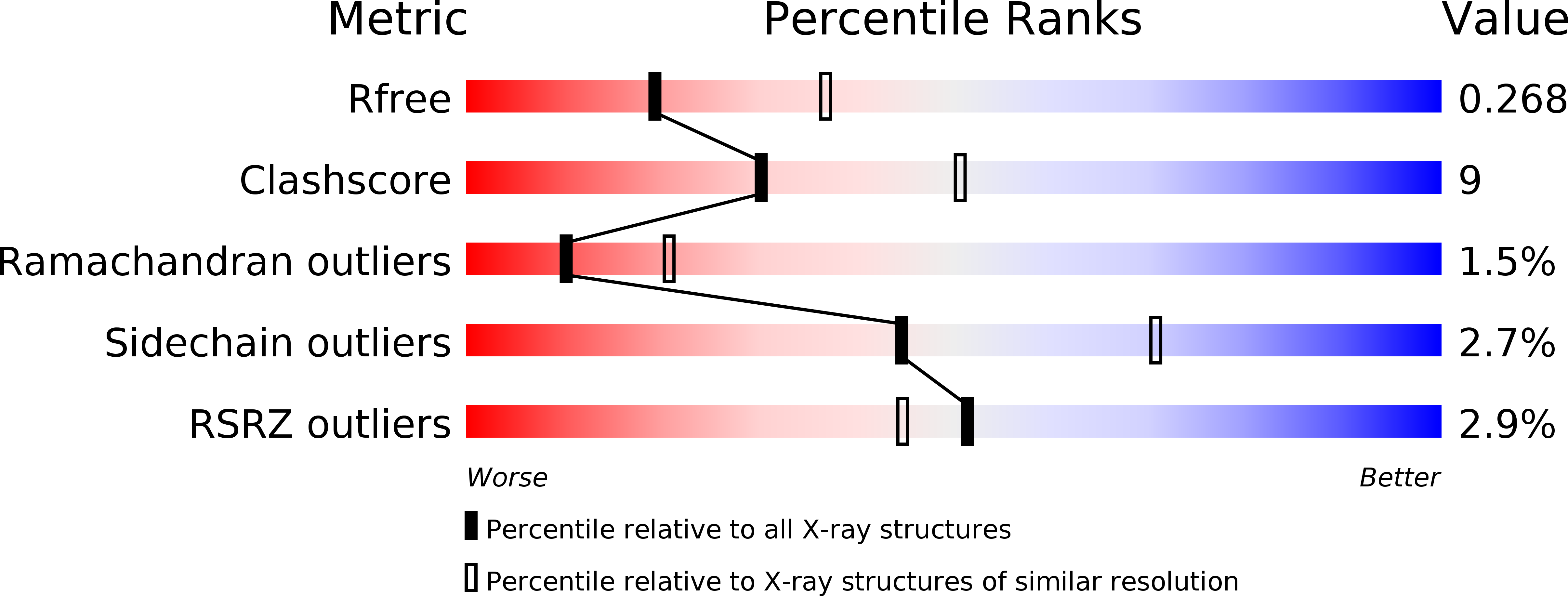
Deposition Date
2015-01-17
Release Date
2015-07-15
Last Version Date
2024-11-13
Entry Detail
PDB ID:
4XPJ
Keywords:
Title:
Crystal structure of Nerve growth factor in complex with lysophosphatidylinositol
Biological Source:
Source Organism:
Mus musculus (Taxon ID: 10090)
Method Details:
Experimental Method:
Resolution:
2.61 Å
R-Value Free:
0.26
R-Value Work:
0.19
R-Value Observed:
0.19
Space Group:
H 3 2


